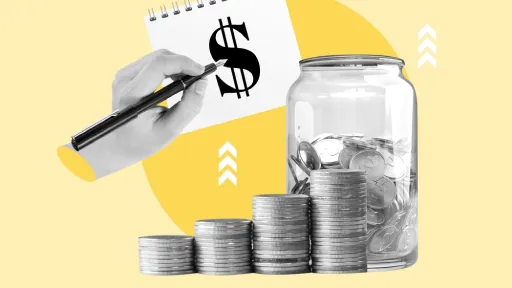Understanding how does a bill become a law is essential in today’s financial landscape, where legislative decisions directly impact economic policies, taxation, and public spending. As governments strive to create effective laws that manage national finances, knowing the legislative path helps citizens grasp how their voices influence such critical outcomes.
How Does a Bill Become a Law? The Step-by-Step Process
The process through which a bill becomes a law involves multiple stages designed to ensure thorough debate, revision, and approval. Each step plays a pivotal role in shaping policies that affect the economy and society at large.
1. Drafting the Bill
Everything starts with an idea or issue that needs regulation. Lawmakers, interest groups, or even citizens draft a bill to introduce new laws or amend existing ones.
2. Introduction and First Reading
The bill is formally introduced in either the House of Representatives or the Senate, depending on the legislature. This stage is followed by the first reading, where the bill’s title and main objectives are presented.
3. Committee Review
Once introduced, the bill is assigned to a committee specializing in its subject area, such as finance or healthcare. The committee analyzes, holds hearings, and may amend the bill.
- Expert testimonies are heard.
- Impact on current laws is evaluated.
- Financial implications are assessed.
4. Committee Vote
After review, the committee votes to determine whether the bill should proceed.
- If approved, it moves to the floor.
- If rejected, the bill may be shelved or revised.
5. Floor Debate and Voting
The bill is debated by all members of the chamber. Lawmakers discuss its merits and potential impact, especially on economic factors.
- Further amendments can be proposed.
- After debate, a vote is held.
6. Second Chamber Consideration
If the bill passes, it goes to the other house (House or Senate) for a similar process of review, committee consideration, debate, and voting.
7. Conference Committee
If there are differences between the House and Senate versions, a conference committee works to reconcile them into a single bill.
8. Final Approval
The revised bill returns to both chambers for a final vote.
9. Presidential or Executive Action
Once both chambers pass the bill, it is sent to the president or executive leader, who can:
- Sign the bill into law.
- Veto the bill, sending it back to the legislature.
- Take no action, allowing the bill to become law after a set time under specific rules.
10. Overriding a Veto
If vetoed, the legislature can override the veto with a supermajority vote, enacting the bill into law despite executive opposition.
The Importance of How Does a Bill Become a Law in Financial Decisions
Each step in how does a bill become a law holds particular significance for financial governance. Understanding this process reveals how tax laws, budget allocations, and fiscal policies come to be.
For instance, during committee reviews and floor debates, lawmakers assess economic forecasts and budgetary impacts before approving new spending or taxation laws.
This legislative procedure ensures transparency and accountability, vital for maintaining economic stability and public trust in government financial decisions.
Conclusion
Knowing how does a bill become a law empowers citizens to engage more effectively with policy-making that influences the nation’s financial well-being. By tracking a bill’s journey, stakeholders can advocate for fair, prudent laws, fostering an environment conducive to economic growth and stability.


